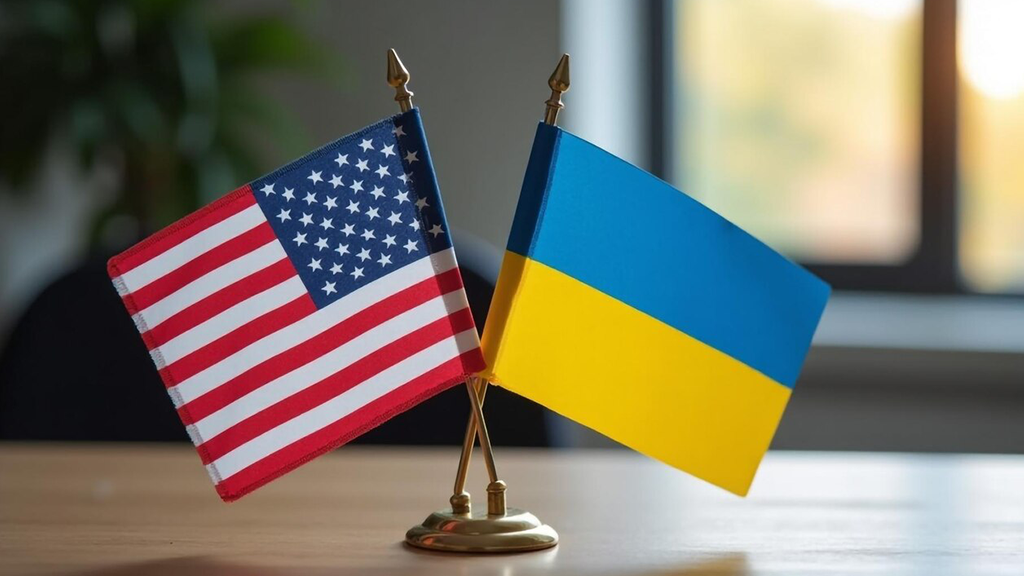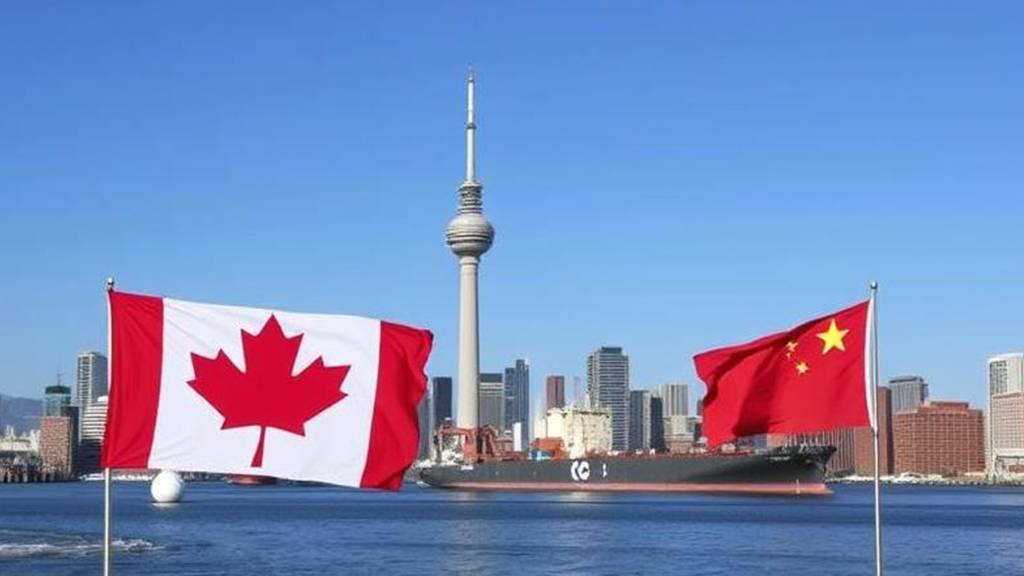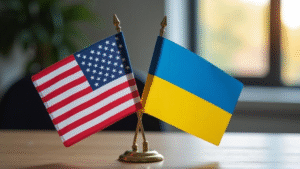

Canada has formally aligned with the United States in a coordinated reset of trade policy toward China, following high-level discussions between Prime Minister Mark Carney, U.S. Trade Representative Katherine Tai, and Chinese Commerce Minister Wang Wentao. The trilateral talks produced a 90-day agreement to suspend select tariffs and initiate a framework for broader negotiations.
Strategic Realignment and Tariff Recalibration
Under the new arrangement, Canada has paused specific retaliatory tariffs on Chinese electronics and machinery imports, matching Washington’s recent reduction of select duties on consumer goods and semiconductors. In return, Beijing has agreed to ease customs restrictions on Canadian agricultural products, including canola, pork, and dairy derivatives.
Ottawa’s move signals a shift from defensive trade tactics toward joint leverage-building with Washington. While Carney emphasized Canada’s independence in global trade policy, officials acknowledged that “alignment with U.S. strategic objectives is economically pragmatic.”
Technology and Security Clauses
The agreement includes provisional terms related to technology transfers, IP enforcement, and digital infrastructure standards, marking the first time Canada has been party to security-linked trade language involving China. Canadian officials have requested full access to the U.S.–China bilateral AI standards dialogue as a condition for future tariff cooperation.
In parallel, both North American partners reaffirmed export controls on critical minerals and dual-use technologies—particularly in aerospace and quantum computing—while allowing civilian trade exceptions subject to real-time licensing reviews.
Domestic and Global Implications
Canadian exporters welcomed the reduced friction, though opposition leaders criticized the lack of parliamentary review before the agreement’s rollout. Business groups, especially in agritech and telecoms, are urging Ottawa to expand the pause window beyond 90 days to stabilize contracts and logistics planning.
On a global level, the reset reflects a coordinated Western effort to manage, rather than isolate, Chinese market integration. Analysts suggest this could evolve into a North American–led trade coalition that applies synchronized pressure on Beijing while mitigating risk to domestic industries.
Negotiators from all three countries will reconvene in Vancouver later this summer to assess compliance benchmarks and determine whether temporary tariff relief can transition into a formal multilateral trade agreement.








© THE CEO PUBLICATION 2021 | All rights reserved. Terms and condition | Privacy and Policy